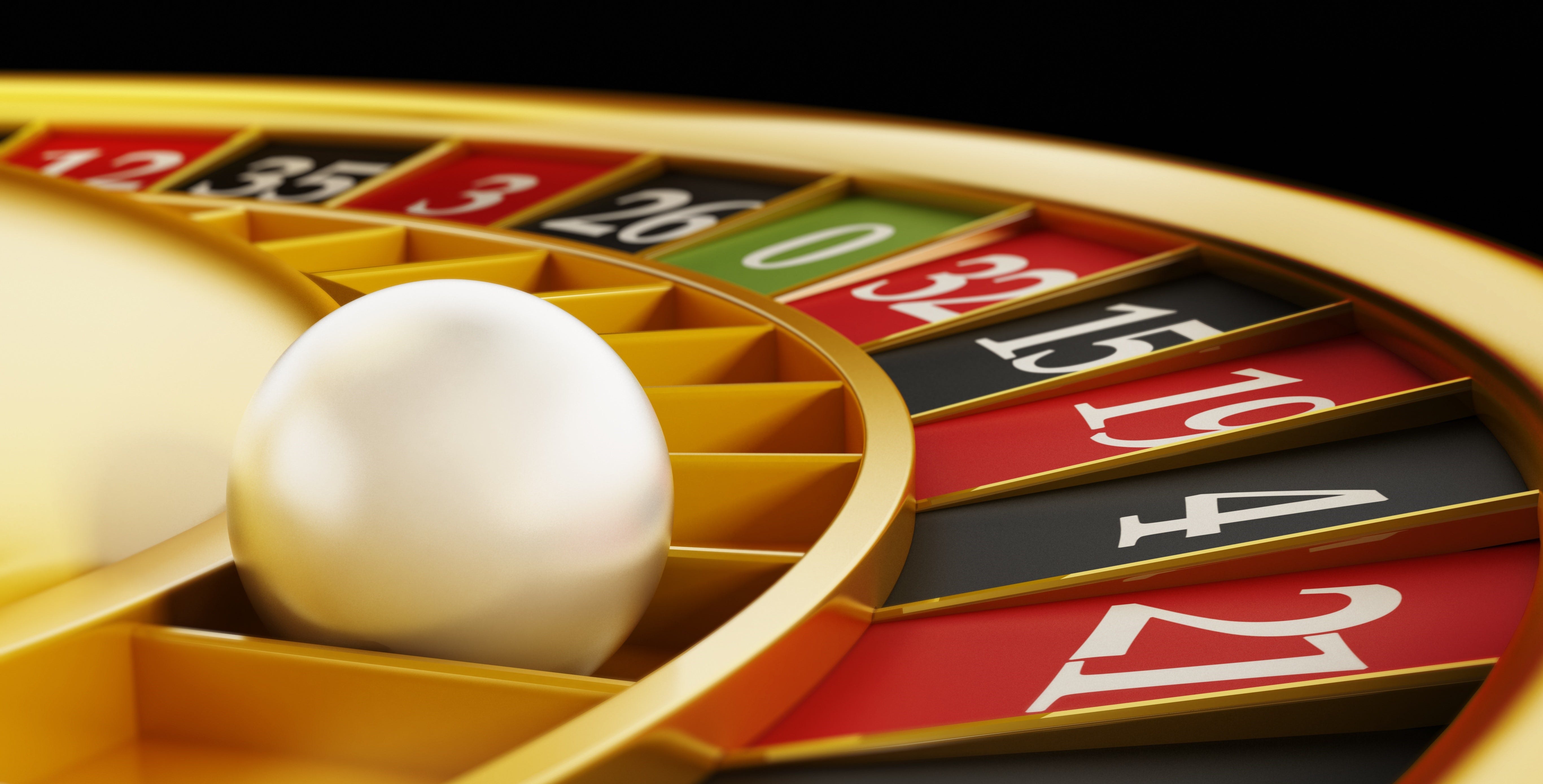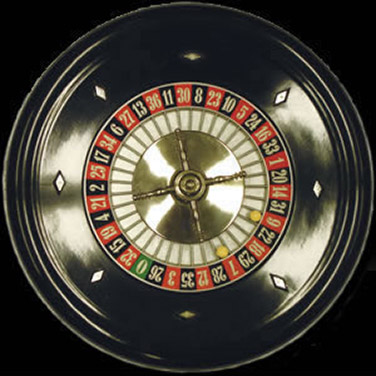Roulette Bernoulli
- Bernoulli’s principle formulated by Daniel Bernoulli states that as the speed of a moving fluid increases (liquid or gas), the pressure within the fluid decreases. Although Bernoulli deduced the law, it was Leonhard Euler who derived Bernoulli’s equation in its usual form in the year 1752.
- Palace Casino is betting at a Roulette table. He is following a gambling strategy that is often used by prudent gamblers. He has dedicated a capital of $200 to this session with the plan of not winning more than $20. He invariably bets $1 on RED at each spin and plans to do continue playing.

European version of roulette with 37 numbers (with a single zero). However, the results can be.,M is a random variable with a Bernoulli distribution with (0) n. In the game of roulette, a wheel consists of 38 slots numbered 0, 00, 1, 2., 36. To play the game, a metal ball is spun around the wheel and is allowed to fall into one of the numbered slots. If the number of the slot the ball falls into matches the number you selected, you win $35; otherwise you lose $1. Complete parts (a) through (g) below. A)Construct a probability distribution for the. Bernoulli distribution Random number distribution that produces bool values according to a Bernoulli distribution, which is described by the following probability mass function: Where the probability of true is p and the probability of false is (1-p).
For our next problem, let us calculate the probabilty of getting all 38 numbers after spinning a roulette wheel 152 times. (An American roulette wheel has the numbers 1 through 36 plus zero and double zero.) STEP 1 which equals 1.34 × 10240 Then in steps 2, 3, 4 and 5, we will determine how many of those 38152 spins, will contain all 38 numbers. STEP 2 37152 = 2.33 × 10238 36152 = 3.61 × 10236 35152 = 4.99 × 10234 34152 = 6.09 × 10232 33152 = 6.52 × 10230 32152 = 6.06 × 10228 31152 = 4.86 × 10226 30152 = 3.33 × 10224 29152 = 1.93 × 10222 28152 = 9.29 × 10219 27152 = 3.69 × 10217 26152 = 1.19 × 10215 25152 = 3.07 × 10212 24152 = 6.20 × 10209 23152 = 9.61 × 10206 22152 = 1.12 × 10204 21152 = 9.49 × 10200 20152 = 5.71 × 10197 19152 = 2.35 × 10194 18152 = 6.33 × 10190 17152 = 1.07 × 10187 16152 = 1.06 × 10183 15152 = 5.83 × 10178 14152 = 1.63 × 10174 13152 = 2.09 × 10169 12152 = 1.09 × 10164 11152 = 1.96 × 10158 10152 = 1.00 × 10152 9152 = 1.11 × 10145 8152 = 1.86 × 10137 7152 = 2.85 × 10128 6152 = 1.90 × 10118 5152 = 1.75 × 10106 4152 = 3.26 × 1091 3152 = 3.33 × 1072 2152 = 5.71 × 1045 1152 = 1 STEP 3 37 C 38 = 37 36 C 38 = 703 35 C 38 = 8,436 34 C 38 = 73,815 33 C 38 = 501,942 32 C 38 = 2,760,681 31 C 38 = 12,620,256 30 C 38 = 48,903,492 29 C 38 = 163,011,640 28 C 38 = 472,733,756 27 C 38 = 1,203,322,288 26 C 38 = 2,707,475,148 25 C 38 = 5,414,950,296 24 C 38 = 9,669,554,100 23 C 38 = 15,471,286,560 22 C 38 = 22,239,974,430 21 C 38 = 28,781,143,380 20 C 38 = 33,578,000,610 19 C 38 = 35,345,263,800 18 C 38 = 33,578,000,610 17 C 38 = 28,781,143,380 16 C 38 = 22,239,974,430 15 C 38 = 15,471,286,560 14 C 38 = 9,669,554,100 13 C 38 = 5,414,950,296 12 C 38 = 2,707,475,148 11 C 38 = 1,203,322,288 10 C 38 = 472,733,756 9 C 38 = 16,3011,640 8 C 38 = 48,903,492 7 C 38 = 12,620,256 6 C 38 = 2,760,681 5 C 38 = 501,942 4 C 38 = 73,815 3 C 38 = 8,436 2 C 38 = 703 1 C 38 = 38 Basically, this is saying that 37 objects can be chosen from a set of 38 in 37 ways 36 objects can be chosen from a set of 38 in 703 ways ....................................................................................... 2 objects can be chosen from a set of 38 in 703 ways STEP 4 1.34 × 10240 × 1 = 1.34 × 10240 2.33 × 10238 × 37 = 8.84 × 10239 and so on
|
Bernoulli Distribution
Overview
The Bernoulli distribution is a discrete probability distribution with only two possible values for the random variable. Each instance of an event with a Bernoulli distribution is called a Bernoulli trial.
Parameters
The Bernoulli distribution uses the following parameter.
| Parameter | Description | Support |
|---|---|---|
p | Probability of success |
Probability Density Function
The probability density function (pdf) of the Bernoulli distribution is
For discrete distributions, the pdf is also known as the probability mass function (pmf).

For an example, see Compute Bernoulli Distribution pdf.
Cumulative Distribution Function
The cumulative distribution function (cdf) of the Bernoulli distribution is
For an example, see Compute Bernoulli Distribution cdf.
Descriptive Statistics

The mean of the Bernoulli distribution is p.
The variance of the Bernoulli distribution is p(1 – p).
Examples
Compute Bernoulli Distribution pdf
The Bernoulli distribution is a special case of the binomial distribution, where N = 1. Use binopdf to compute the pdf of the Bernoulli distribution with the probability of success 0.75.
Plot the pdf with bars of width 1.
Compute Bernoulli Distribution cdf
The Bernoulli distribution is a special case of the binomial distribution, where N = 1. Use binocdf to compute the cdf of the Bernoulli distribution with the probability of success 0.75.
Plot the cdf.
Related Distributions
Binomial Distribution — The binomial distribution is a two-parameter discrete distribution that models the total number of successes in repeated Bernoulli trials. The Bernoulli distribution occurs as a binomial distribution with N = 1.
Geometric Distribution — The geometric distribution is a one-parameter discrete distribution that models the total number of failures before the first success in repeated Bernoulli trials.
References

[1] Abramowitz, Milton, and Irene A. Stegun, eds. Handbook of Mathematical Functions: With Formulas, Graphs, and Mathematical Tables. 9. Dover print.; [Nachdr. der Ausg. von 1972]. Dover Books on Mathematics. New York, NY: Dover Publ, 2013.
[2] Evans, Merran, Nicholas Hastings, and Brian Peacock. Statistical Distributions. 2nd ed. New York: J. Wiley, 1993.